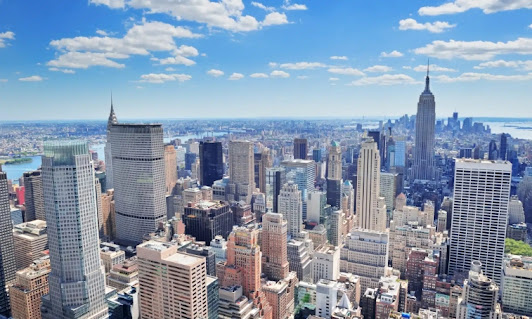Heat-Timer and Local Law 97 – The Year In Review
It’s safe to say that the Climate Mobilization Act (CMA) commonly known as LL97, which sets annual emissions standards (carbon limits) for all buildings 25,000 gross square feet and above, is in full swing. Beginning in 2025, penalties will begin to be assessed to buildings not incrementally showing required carbon offsets. Each building’s carbon budget/cap is based on their defined occupancy type (multifamily, retail, etc.), the corresponding square footage of each space and the limits for each occupancy type as defined in the law. Improvements are based on measurement baselines which were established for every affected building in 2022/23.
Beginning May 1, 2025, every building will need to submit whole-building annual data from the previous calendar year. If a building goes over its emissions budget, a fine will be assessed on the property.
As part of current regulations, no later than May 1, 2025, a building owner must submit a decarbonization plan that is being implemented in “good faith” to the NYC Department of Buildings.
Such plan must include:
- An energy audit prepared by a qualified energy auditor
- An inventory of all HVAC equipment, domestic hot water equipment, electrical equipment, lighting, and conveyance equipment serving the building, including the date of installation of such equipment and, where applicable, whether such equipment serves multiple buildings
- A description of any work that received a certificate of completion or temporary certification of occupancy on January 1, 2013 or later, that resulted in no less than a 10% emissions reduction for the building as compared to the emissions measured the year prior to the completion of such work. Note that this could include Heat-Timer© controls which have been installed in many NYC buildings in the past 10 years.
- A list of alterations and changes to operations and maintenance that will result in the building achieving emissions reductions required by Article 320 of Chapter 3 of Title 28 of the Administrative Code and resulting in net zero carbon emissions in 2050, including energy conservation measures to be undertaken during the current and future compliance periods, and the complete schedule for retrofit strategies necessary to reach net zero carbon emissions.
For 2024, the DOB released its next set of draft rules which provide clarity on several topics. The draft rules are subject to amendments before being finalized.
Click here to read the entire 2023 draft rules.
How Heat-Timer is poised to help Property Owners Meet LL97 Emissions targets.
Many building owners are preparing for LL97 by assembling a decarbonization roadmap with an engineering or consulting firm. This plan should lay out options for meeting emissions limits and a potential timeline following the language in the draft rules.
Many building owners/managers with Boiler based heating systems that will not be replaced by 2030, are opting for Heat-Timer® Internet controls with wireless space sensors as part of their decarbonization plan.
Regardless of your anticipated fine schedule, a Heat-Timer Internet Control installed today will save you money now, in addition to lowering carbon emissions. Join the thousands of clients we have across NYC and the country who enjoy the absolute maximum in fuel savings while reducing our dependence on fossil fuels.
This blog was originally published at: https://www.heat-timer.com/heat-timer-and-local-law-97-the-year-in-review/



Comments
Post a Comment